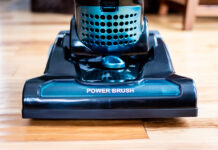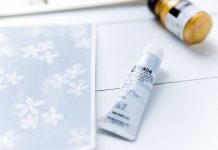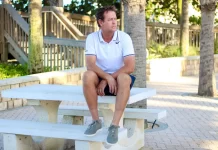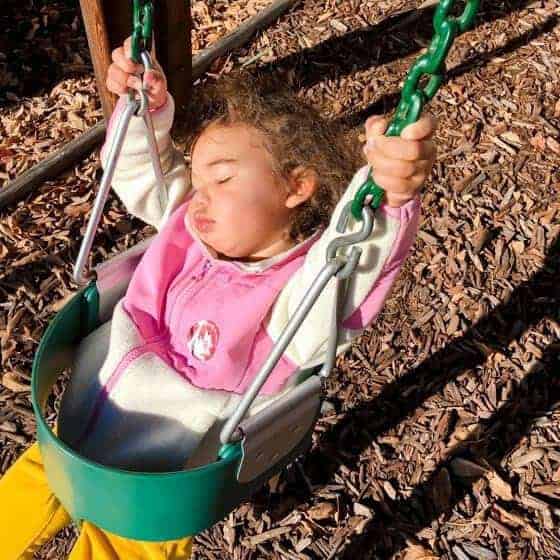As parents, we are always on the lookout for activities that not only entertain our kids but also engage their curious minds. One area that has captured the imagination of kids for generations is forensic science. The field of forensic science is a fascinating area that deals with the analysis of evidence to solve crimes. If your child is interested in becoming a forensics investigator, there are several fun forensic science projects that you can do at home. These experiments will not only keep them engaged but will also introduce them to the basics of forensic science.
Crime Scene Forensics Investigator Kits

One of the easiest ways to introduce your kids to the activities that a forensics investigator completes every day is through crime scene investigation kits. These kits contain all the materials needed to recreate a crime scene in your home. They typically include items such as evidence bags, fingerprinting kits, and blood-spatter analysis materials. The kits also come with detailed instructions on how to set up a crime scene, collect evidence, and analyze it.
There are several types of crime scene investigation kits available, ranging from basic to advanced. Some kits are designed for younger children, while others are geared toward teenagers. When selecting a kit, consider the age and skill level of your child. Choose a kit that is challenging enough to keep them engaged but not too difficult that it frustrates them.
READ MORE: 20 DIY Kits To Explore New Hobbies And Projects
Paper Towel Chromatography
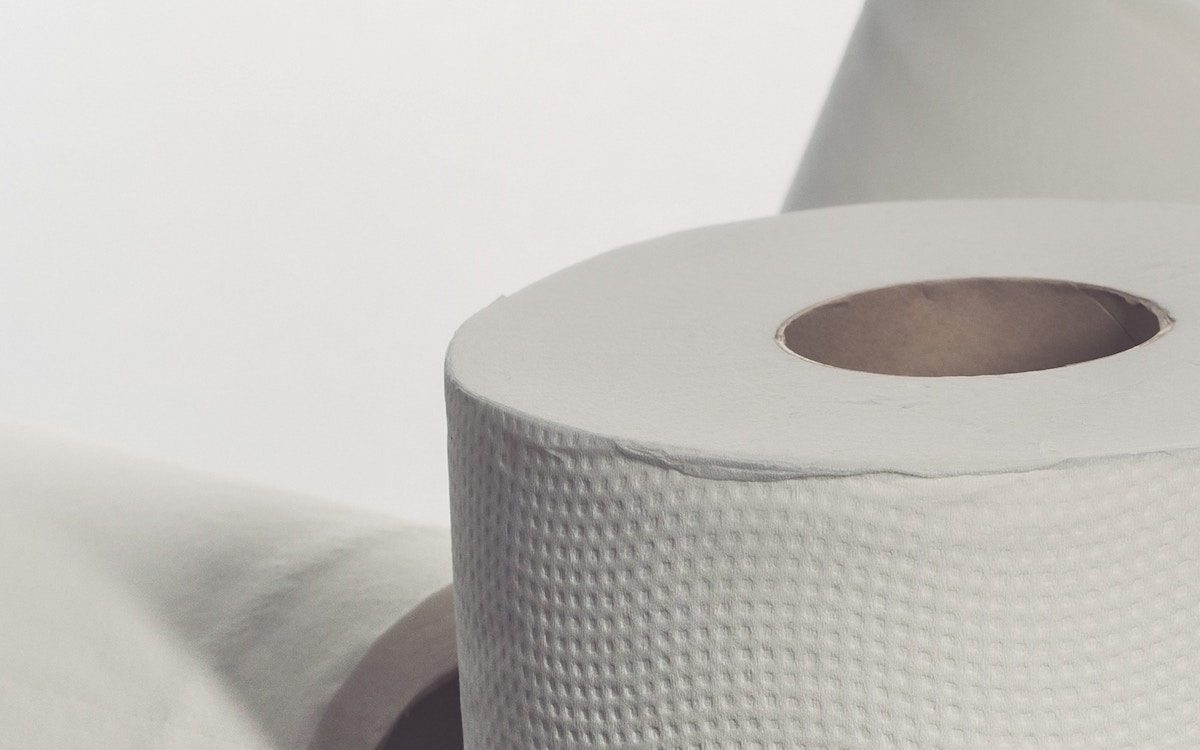
Paper towel chromatography is a simple experiment that demonstrates how a forensics investigator analyzes the chemical composition of a substance. To conduct this experiment, you will need a few supplies, including coffee filters, pencils, rubbing alcohol, water and food coloring.
Begin by drawing a line across the bottom of a coffee filter using a pencil. Next, add a small drop of food coloring on the line. Dip the filter in a mixture of rubbing alcohol and water, making sure the line is submerged in the liquid. As the liquid moves up the filter, it separates the components of the food coloring, revealing the different chemicals that make up the color. This experiment can be used to teach your kids about the basics of chromatography.
Fingerprint Pattern Recognition
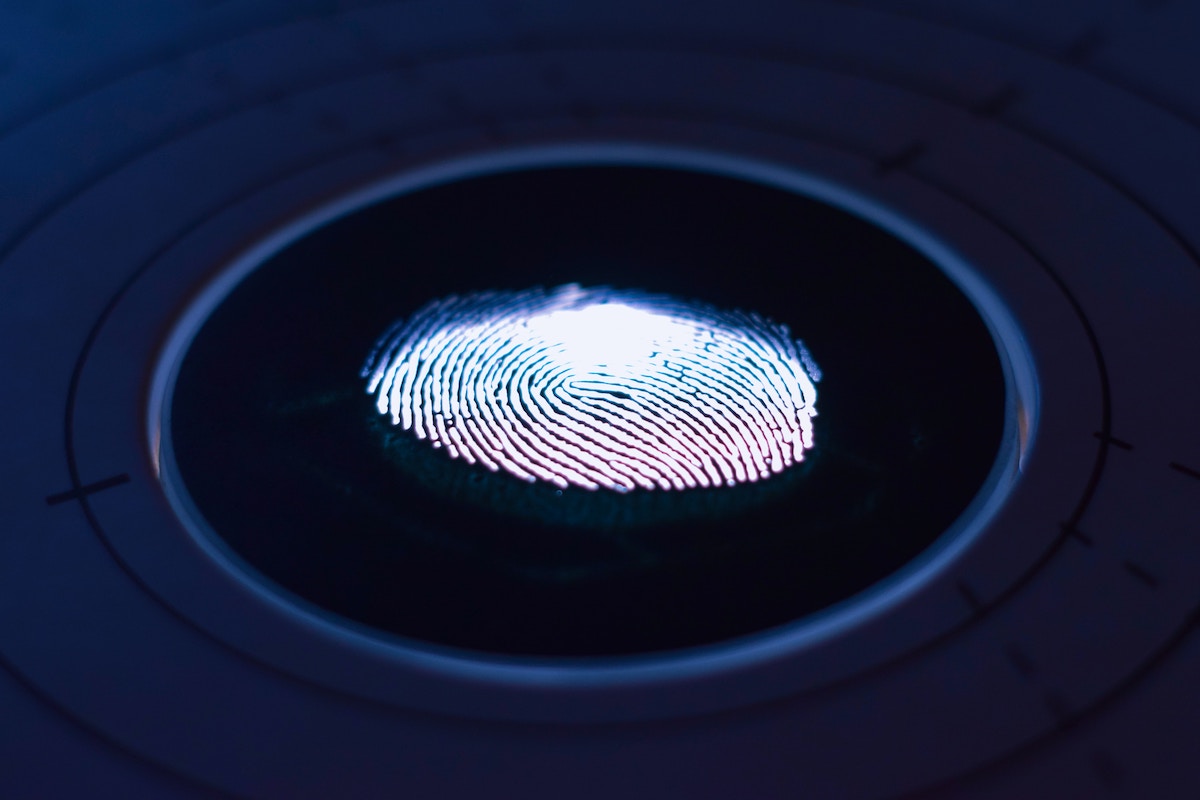
Fingerprinting is one of the most recognizable techniques used by a forensics investigator. Fingerprinting involves analyzing the unique patterns and ridges on a person’s fingers to identify them. To introduce your kids to the world of fingerprinting, you can create a simple experiment using common household items. To conduct this experiment, you will need ink pads, index cards and a magnifying glass.
Begin by having your child press their finger onto the ink pad and then onto the index card. Use a magnifying glass to examine the ridges and patterns on their finger. Have them compare their fingerprint to other family members to see if they can identify the unique characteristics that make each fingerprint different.
READ MORE: 13 Of The Best Crime Podcasts For True Crime Lovers
Fingerprint Dusting and Collection
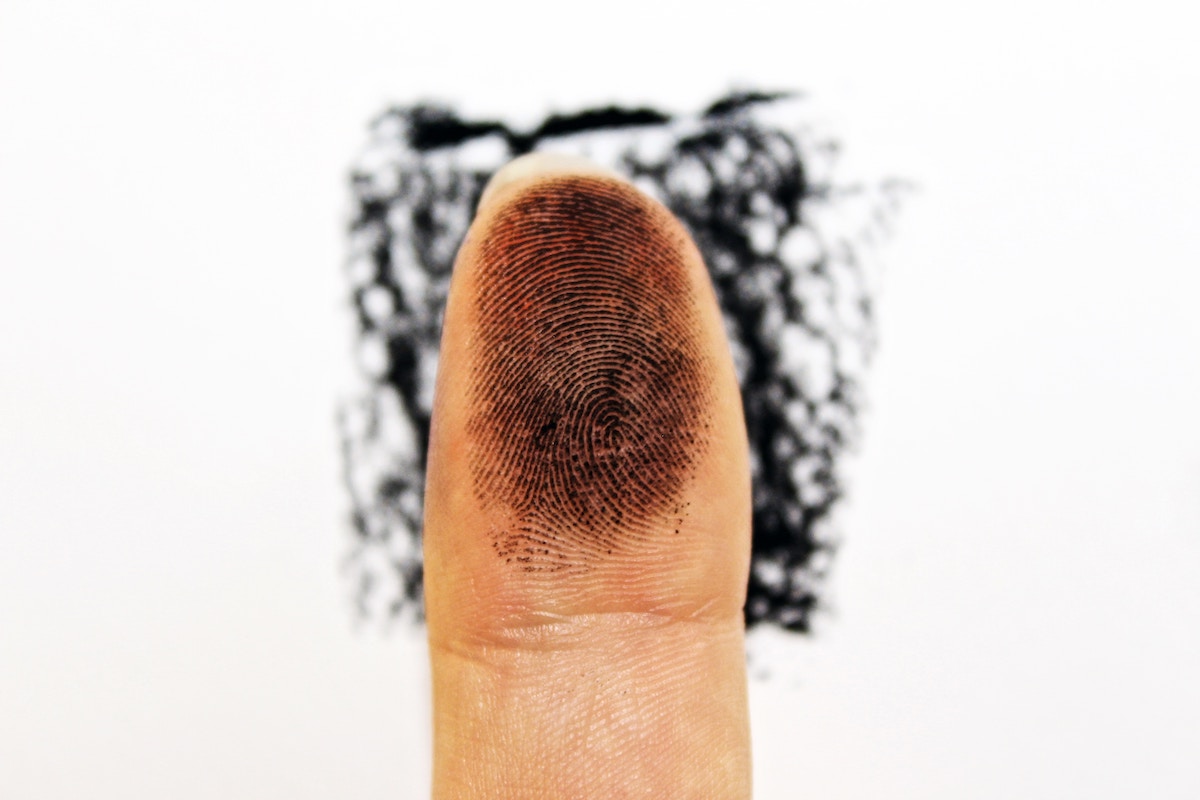
Another fun experiment that involves fingerprints is fingerprint dusting and collection. This experiment involves dusting a surface with powder to reveal fingerprints and then collecting the prints for analysis. For this experiment, you’ll need cornstarch or talcum powder, a brush and clear tape.
Begin by dusting a surface with cornstarch or talcum powder. Once the powder is applied, use a brush to remove any excess. Next, place a piece of clear tape over the print and press down firmly. Peel the tape off and place it onto a piece of paper. The print will transfer onto the paper, allowing your child to analyze it. This experiment can be used to teach your kids about the basics of fingerprinting and the importance of preserving evidence at a crime scene.
READ MORE: 10 Crazy But True Crime Novels
Casting Shoe Print Impressions
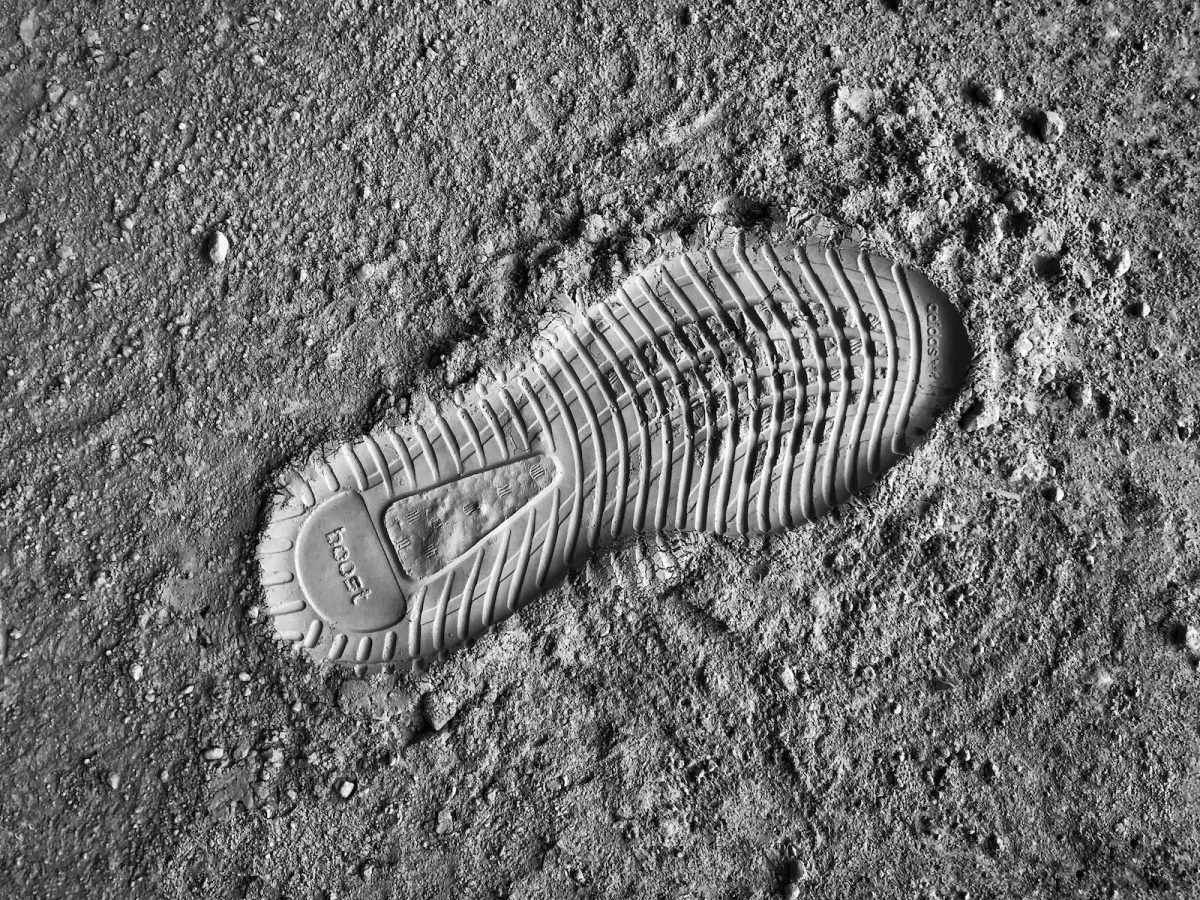
Shoeprint analysis is another technique used by a forensics investigator to identify suspects in a crime. To help your kids understand how shoeprint analysis works, you can create a simple experiment using plaster of Paris and a shoe. You will need Plaster of Paris, a container, water, a shoe and plastic wrap.
Take a rectangular container that is several inches deep and pour the plaster mix into it until it is just a few millimeters thick. Let the plaster set for a few minutes. When it has reached its desired consistency, you are ready to add the print.
Tightly cover the bottom of the shoe in plastic wrap and place the sole onto the plaster mix. Make sure there is even pressure applied to the sole and let it sit for several minutes. Once it has set, carefully lift it off the plaster. If done properly, a full impression of the shoe sole will remain. When the plaster has completely dried, you can remove the impression from the container.
Casting shoe print impressions is a great activity for curious kids who’re interested in becoming a forensics investigator. It serves as both a useful technique in detective work and a fun project to do with the family.
READ MORE: Become A Paranormal Investigator: An Exciting Look At This Fascinating Career
The Basics of Forensics Investigator Photography for Kids
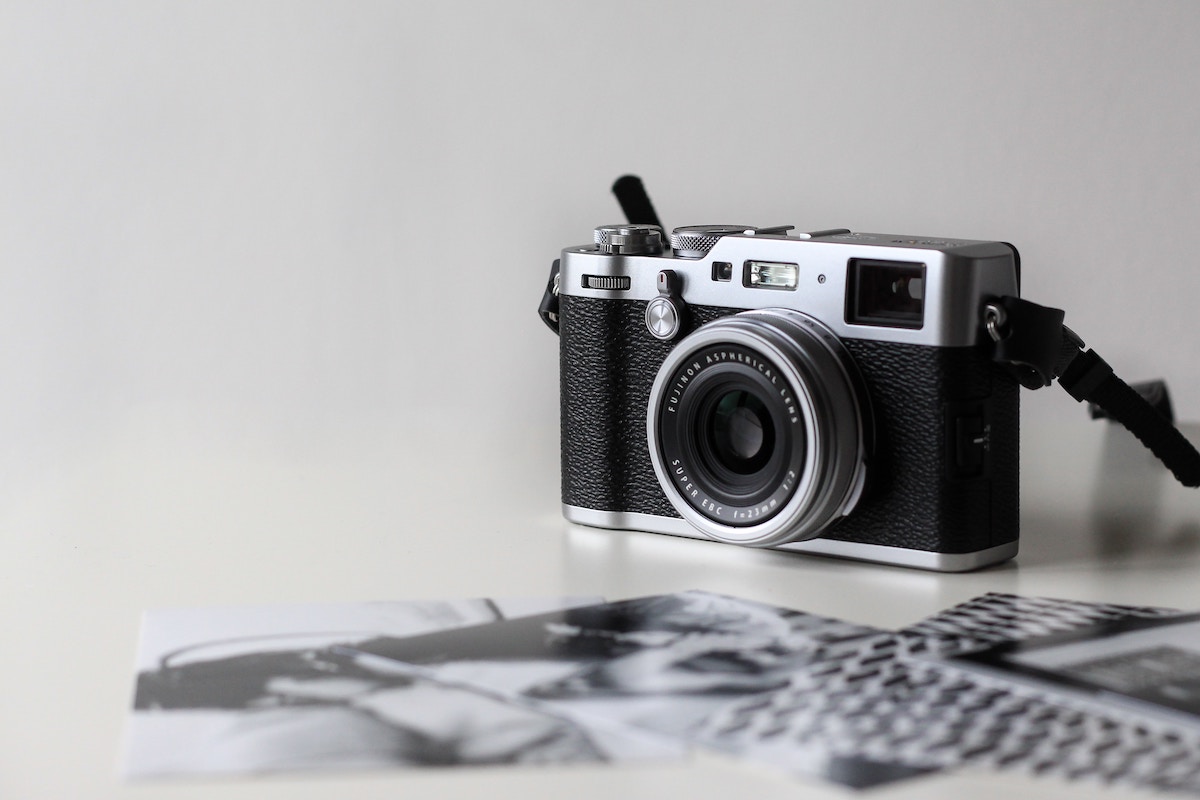
Forensic photography is an essential tool used by a forensics investigator to document crime scenes and gather evidence. To introduce your kids to the basics of forensic photography, you can create a simple experiment using a camera and common household items. All you will need is a camera (smartphone camera will do), various objects, including a ruler, a pencil, a coin, and a piece of paper.
Begin by setting up the objects on a table or another surface. Use the camera to take photos of each object from different angles and distances. Have your child examine the photos and identify any details that they may have missed during their initial observation. This simple project can be used to teach your kids about the importance of careful observation and the role that photography plays in forensic science.
Resources for Fun Forensics Investigator Science Projects
If you’re looking for more ideas for fun forensics investigator science projects to do with your kids, there are several online resources that you can turn to:
- Home Science Tools: An online store that specializes in science experiments and educational resources. They offer a wide range of forensic science kits and supplies, including fingerprinting kits, DNA extraction kits, and blood spatter analysis materials.
- Education World: A website that provides educational resources for teachers and parents. They offer several forensic science activities that you can do with your kids, including a crime scene investigation activity and a blood spatter analysis experiment.
- ZLife Education: An online platform that provides science education resources for kids. They offer a blood spatter analysis activity that teaches kids about the basics of forensic science and crime scene investigation.
- Surviving a Teacher’s Salary: A blog that provides educational resources and ideas for teachers and parents. They offer a shoeprint analysis experiment that teaches kids about the importance of preserving evidence at a crime scene.
Forensic science is a fascinating field that captures the imagination of kids and adults alike. By introducing your kids to the basics of being a forensics investigator through fun experiments and activities, you can inspire their curiosity and help them develop critical thinking skills. From crime scene investigation kits to shoeprint analysis experiments, there are plenty of fun forensic science projects that you can do with your kids at home. So, grab your lab coat, put on your detective hat, and start exploring the world of forensic science with your kids today!
WANT TO READ MORE?
Is being a forensics investigator not your child’s thing? Read 5 Ways To Turn Your Dream Job Into An Exciting Career and let the dreaming begin!
CONNECT WITH DAILY MOM
💖 NEWSLETTER: DAILY READS IN YOUR INBOX 💖
Sign up to receive our picks for the best things to do, see and buy so you can relax and focus on more important tasks! Let us help you be the best version of yourself you can be!
BE SOCIAL WITH US
📌 LOVE IT? PIN IT!📌

Photo Credits: Unsplash






